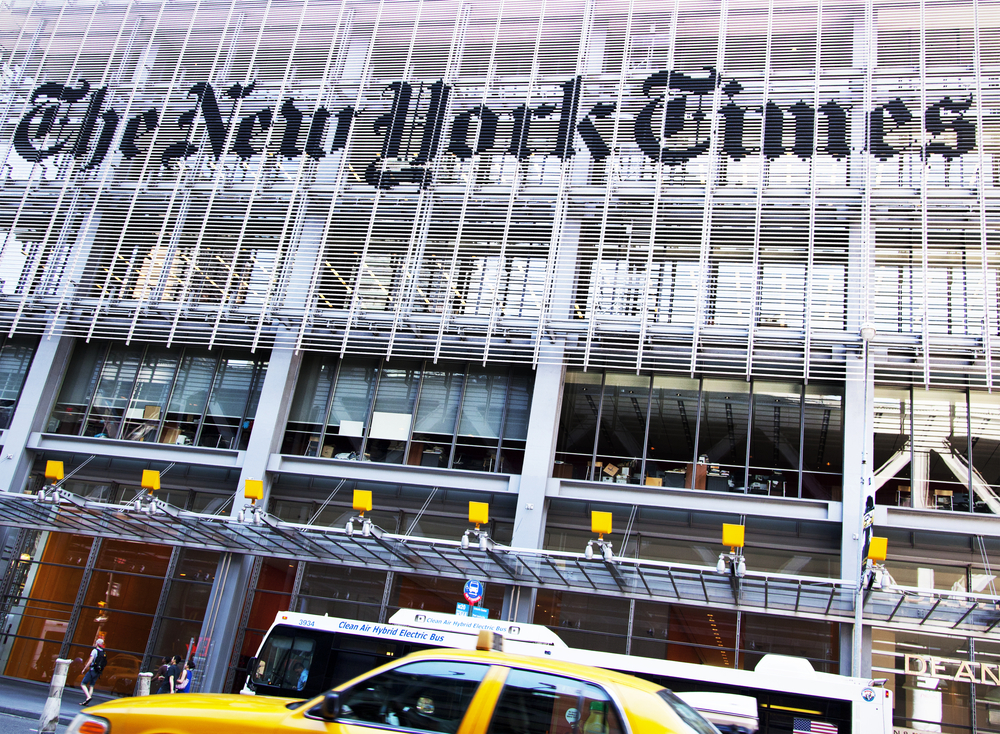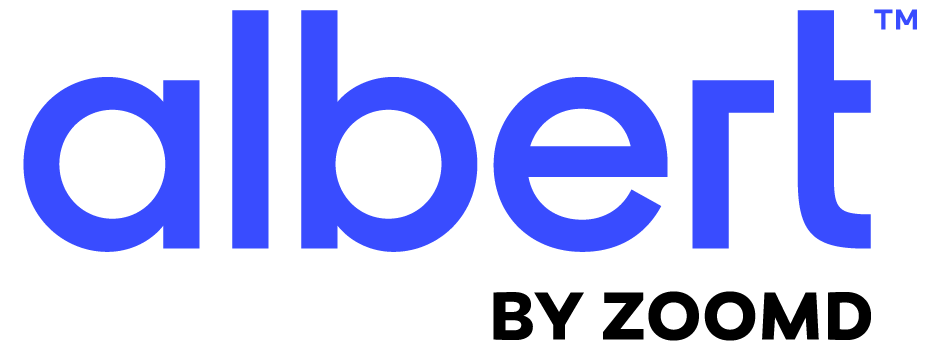How Agencies, Publishers, and Brands Are All Working to Break Down Programmatic Silos
08/24/2018

As ads are bought and sold on an increasingly minute-to-minute basis in an effort to create more personalized experiences for more users, the line dividing programmatic from other types of advertising is blurring. Some companies are even erasing it completely.
This December, the New York Times collapsed its programmatic sales department into the larger sales team as one part of a broader reorganization, Digiday reports. While their team had traditionally consisted of two parts — direct and programmatic sales — the new arrangement renders this distinction completely moot. The Times is only one of the many publishers, agencies, and brands who have begun to recognize programmatic as the de facto channel for the buying and selling of ad inventory.
Buzzfeed is another notable example of this trend. Earlier this year, the content aggregator announced that not only would their programmatic team be joining the larger sales department, but also that their programmatic inventory would be opened to the entire sales team. A long-time programmatic holdout, BuzzFeed’s move into automated ad purchasing indicates the skyrocketing importance of digital media sales. It’s also creating urgency within the industry to break down operational silos that might hinder programmatic performance.
The Factors at Play
While several factors are at play in the push to push to merge programmatic and direct sales teams, the most clear-cut reasons lie in the numbers: over 80% of digital display ads are now being bought and sold programmatically. That’s why the Times’ entire sales team received in-depth training on programmatic advertising after the recent reorganization: specialized expertise in other kinds of ad sales is no longer valued the way it once was.
However, the numbers also hint that the industry’s increasing reliance on programmatic is creating some discord. According to the World Federation of Advertisers, less than half of marketers believe their programmatic partners are sufficiently transparent. Many programmatic buyers offer their services as walled gardens, meaning that many of their methods and decision-making practices are hidden from their clients. Distrust over transparency is likely responsible for the recent shift from agency trading desks to media agencies for programmatic buys.
This new focus on transparency extends beyond the buyer-publisher relationship — eMarketer points to discrepancies in knowledge and planning between different sales teams in the same company as one of the primary culprits behind the programmatic silo breakdown. Dan Davies, Senior Vice President and Director of Media Sciences at Mediahub, says he’s seen programmatic and direct sales teams compete with each other over sales opportunities.
“In some cases, the direct salesperson intentionally left the programmatic salesperson out of the situation,” Davies recalled to Digiday. “I’ve seen it be that internally contentious.” Publishers have thus worked to stem infighting and improve lines of communication by merging the two sides of sales into one cohesive team.
On the buyer side, brands and agencies are seeing frustration in their efforts to amp up their programmatic capabilities, with just 18% of brands and agencies reportedly satisfied with their programmatic training. Clearly, brands need help bridging the gap between programmatic and non-programmatic — and AI may be just the thing.
Streamlining the Process
Trying to match your team’s capabilities to an increasingly automated media buying landscape can seem impossible, but it doesn’t have to be. A tool like Albert™ — the first fully autonomous AI marketing platform — can be an invaluable addition to your brand or agency in the digital age.
Fully equipped to handle media buying and campaign optimization autonomously, Albert is already a programmatic expert — and he’s learning more every day. By partnering with Albert, marketers and publishers can ensure that their media buying teams are ready to face the shifting digital landscape.

